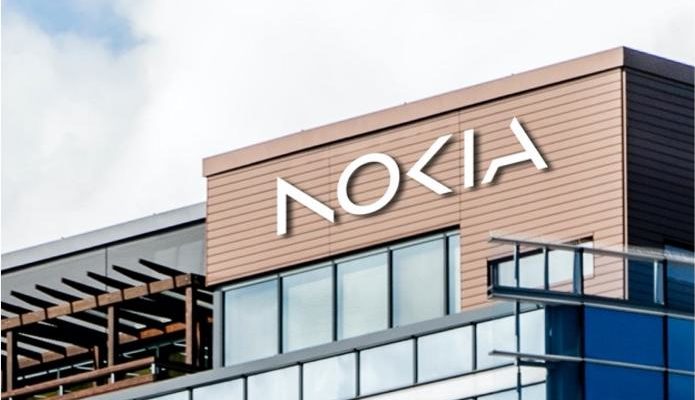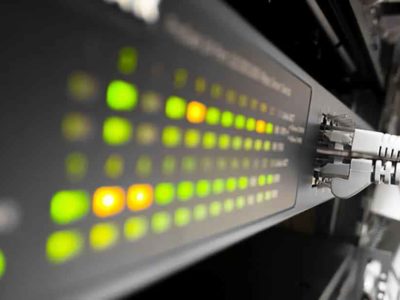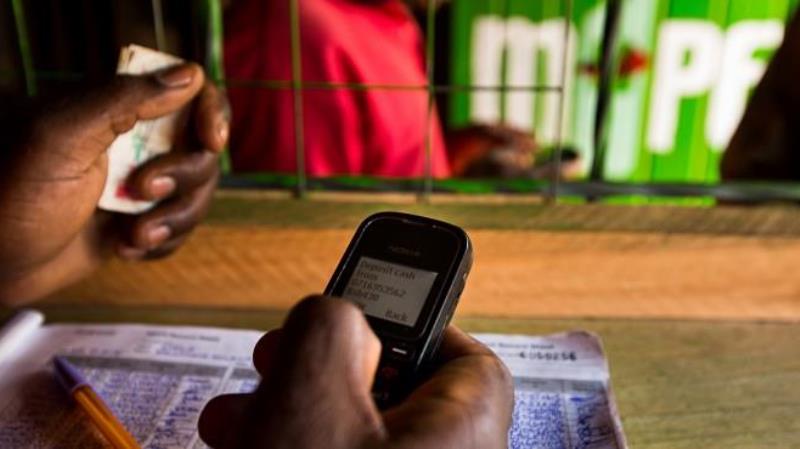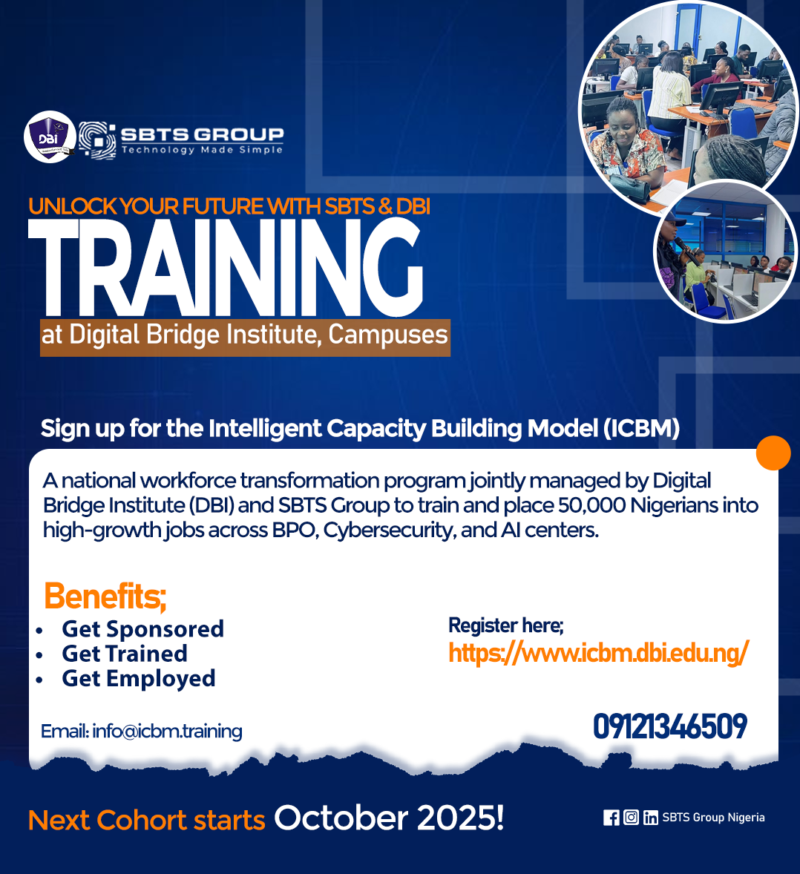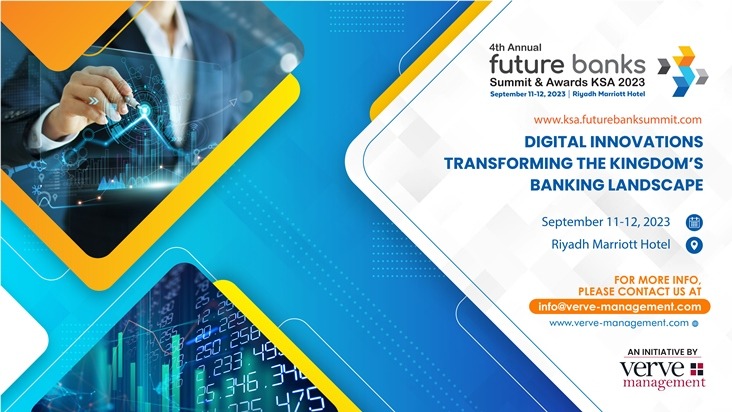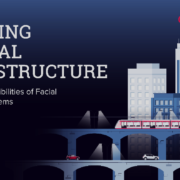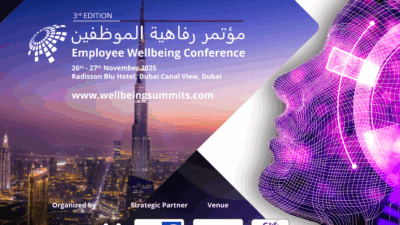Africa is huge. The continent spans more than 30 million square kilometres and has 54 countries and more than 1.5 billion people. It isn’t one digital market; it’s multitudes and it offers the scale and connections that can have a transformative impact on its infrastructure and potential. It is also home to data centre hubs across South Africa, Nigeria, Kenya, Djibouti, Morocco and Egypt. However, says Stefano Resi, Head of Data Centre Sales for Middle East & Africa at Nokia, South Africa stands out because it is the only country connecting the two oceans and it serves as the gateway to the entire sub-Saharan region.
RELATED: Nokia and iSAT Africa to enhance rural coverage in Liberia
“Location alone doesn’t define leadership,” he continues. “What sets the country apart is its mature legal framework, education system, and accessible business environment. These factors all contribute to an ecosystem primed for digital innovation.”

Stefano Res
It’s not surprising that South Africa leads the continent’s data-driven evolution and, as a result, is seeing a growing concentration of hyperscale and colocation facilities supported by high-performance networks and international connectivity via subsea cables like 2Africa and Equiano. South Africa’s physical advantage as a link between the Atlantic and Indian Oceans has long made it a logical conduit for undersea cables and cross-continental connectivity.
“These factors combine to make South Africa a fertile environment for large-scale data centre investment,” continues Resi. “Already, Johannesburg and Cape Town are hosting an expanding constellation of high-capacity facilities.”
Shift in how data centres are conceptualised
The past decade has seen a shift in how data centres are conceptualised. Previously, enterprise and government-led facilities dominated the market and focused primarily on storage and basic compute functions. Today, hyperscalers such as AWS, Google Cloud and Microsoft Azure are driving a more complex model of interaction. Ten years ago, traffic in the data centre was primarily inbound and outbound (i.e. North South traffic) now a significant percentage flows laterally within the centre itself (i.e. East – West traffic) and this demands a different type of networking within the data center itself – one that’s dynamic, secure, scalable and automated.
This east-west traffic pattern also reflects a broader shift towards more interconnected digital services where microservices, containerised applications and shared workloads demand real-time interactivity and massive bandwidth inside the data centre. It’s also prompted a redesign of internal architectures with an emphasis on intelligent switching, AI-readiness and flexible scaling.
As data consumption becomes more decentralised and services increasingly latency-sensitive – think autonomous systems, augmented reality or industrial IoT – edge data centres are stepping into the spotlight.
“South Africa, with its dispersed urban centres and vast geography, is uniquely positioned to build a tiered architecture of core and edge data centres,” says Resi.
“These smaller edge facilities will be critical to delivering low-latency services to end users across the country.”
South African power grid continues to experience volatility
]Edge growth isn’t just about proximity either, it’s about network orchestration. The ability to manage, secure and optimise traffic between micro-data centres and central hubs is becoming a challenge, particularly as the future is defined by 6G experimentation and hybrid AI models. Despite momentum, the South African power grid continues to experience volatility, with power outages and infrastructural issues impacting sectors across the economy. For data centre providers, this introduces both operational and reputational risks.
“Power is the Achilles heel of the digital (r)evolution in South Africa,” says Resi. “However, this challenge can become an opportunity by accelerating the adoption of green energy sources. There needs to be a national-level commitment to energy stability if we’re to meet future AI-driven demand.”
Data centres among highest energy consumers in the ICT sector
]Already, data centres are among the highest energy consumers in the ICT sector and this demand is only going to increase with the adoption of High-Performance Computing (HPC) and AI’s training and inference applications.
Resilience, redundancy and sustainability are all non-negotiable design principles going forward. Especially as AI continues to reshape the industry. Not only will power have to change, but so will the speed at which data centres need to evolve from traditional colocation models to dynamic AI-optimised platforms. This means not just providing space and connectivity but actively supporting emerging use cases.
“AI will reshape how we design data centres,” says Resi.
“Inference and learning workloads place different demands on hardware, cooling, layout and obviously new network design and specifications.”
Stefano Resi believes that South Africa will play a long-lasting role in the digital evolution of the southern part of the continent. In a first phase by providing directly the Data Center infrastructure for less digitalized countries, however in a second phase, when these countries will be accelerating their digital path, South Africa will continue to be the Hub and the guiding reference for the continent’s digital Agenda.

